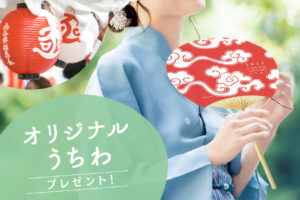
PR
ancient times,In Kyoto, when a person died, the corpse was exposed to the open air and sent off to the other world.leave it to decayWind burial is the mainstreamSo, the bird pecks at the corpse and disposes of it."bird funeral"Also called
Especially during the Heian period, the population of Heian-kyo was said to have been between 120,000 and 130,000, and what to do with the corpses was a big problem. In order to keep the city as a clean space, naturallyThe place of burial is outside the cityand spread. However, a place not far from the city was chosen because it was too remote to be useful.
The largest of these burial grounds wasToribeno in HigashiyamaMet. Even now"Rokudo no Tsuji" that marks the entrance to ToribenoA stone monument stands, showing a glimpse of history. There is one stone monument in front of Rokudo Chinno-ji Temple, and another to the southeast across Matsubara-dori.To the south of this crossroads is ``that world'' (Toribeno), and to the north is ``this world.''That's why.
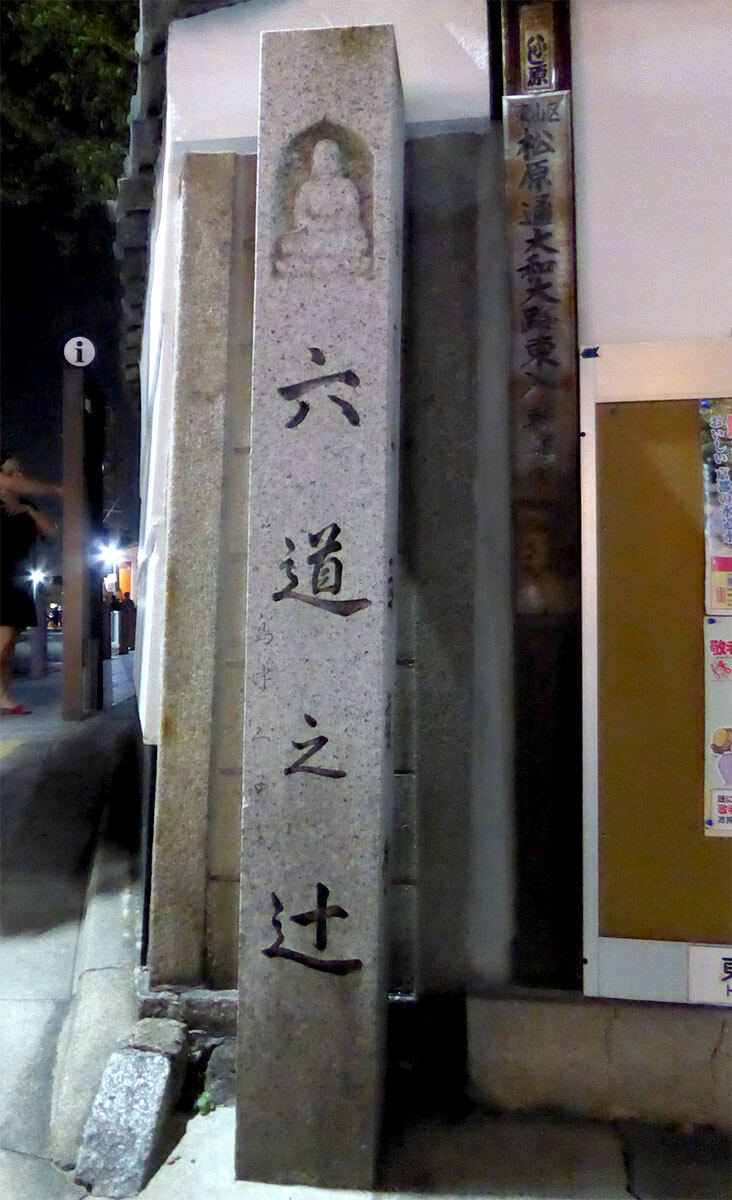
Stone monument of "Rokudo no Tsuji" next to Saifukuji Temple
Toribeno refers to the hilly area at the foot of Mt. Amidagamine. During the interview,It is said that the corpse was hung on a branch of the mountain and treated so that it would be easy for birds to eat.I also heard that it became the name of the place.
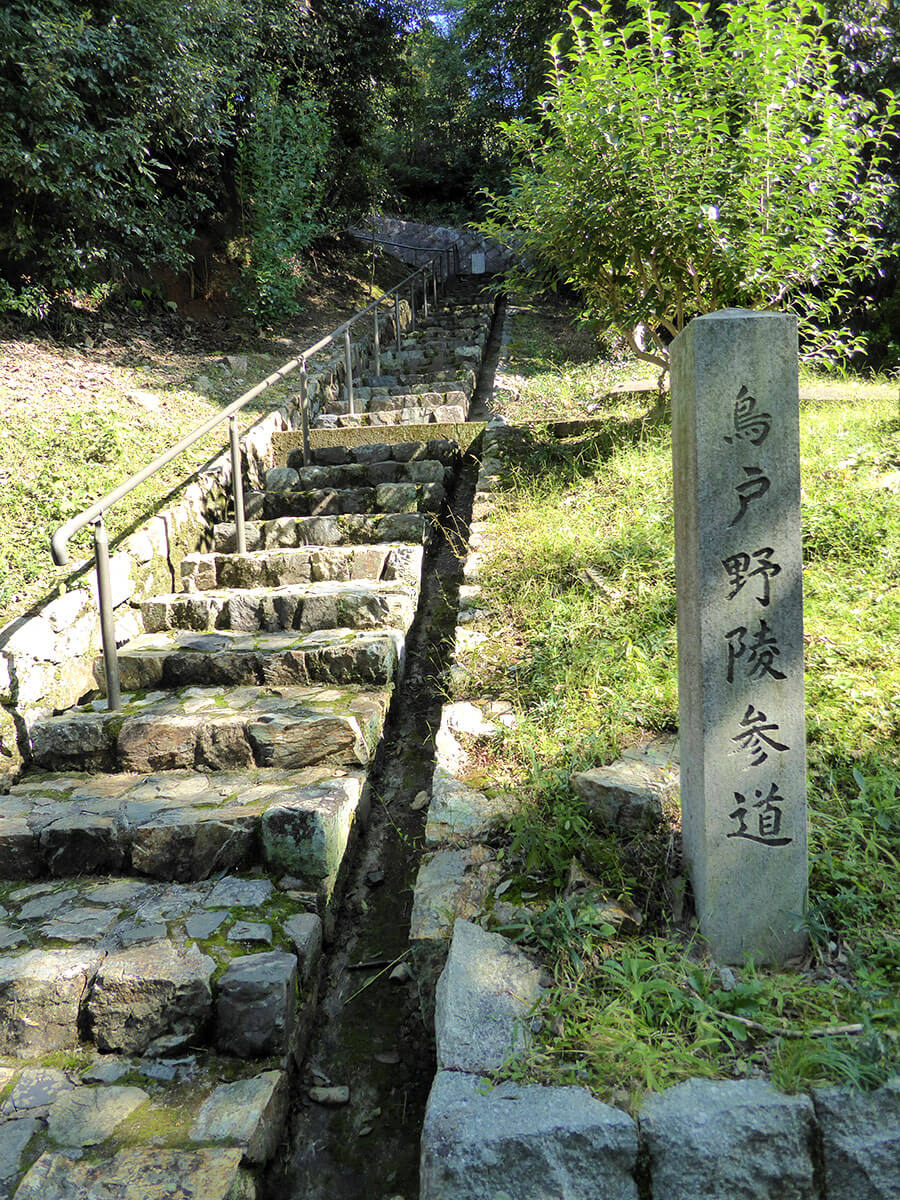
The stone steps of the approach to Torito Noryo
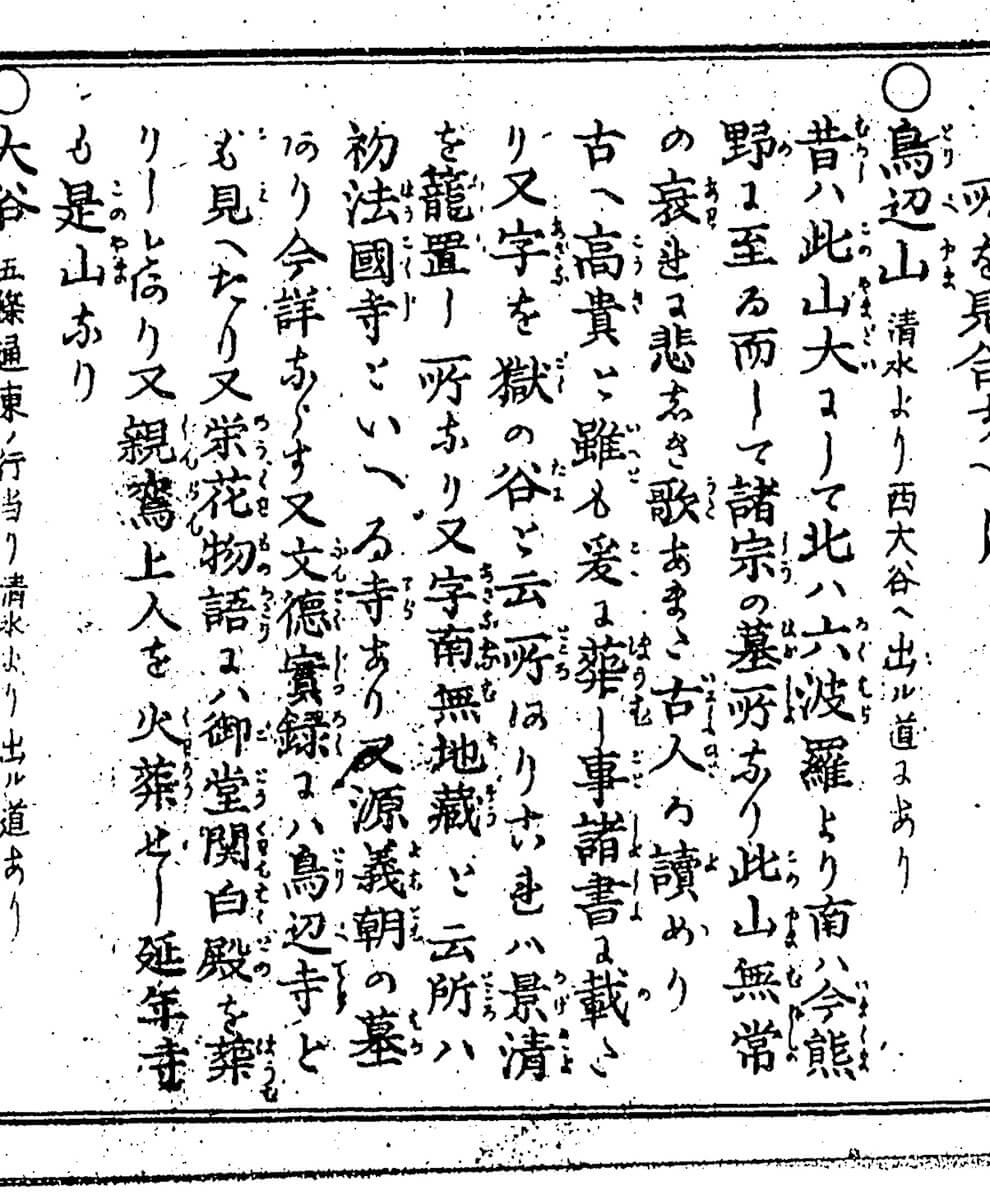
Guide Map of Kyoto Famous Places.
(National Diet Library Digital Collectionscollection)
Kenko Yoshida wrote an essay in the Kamakura periodIn "Tsurezuregusa", "The dew of Adashino, the smoke of Mt. Toribe"The sentence is well known,It spells out the transience of the human world and is synonymous with the place of burial.It is also.
Although it dates back and forth, Toribeno was also where Fujiwara no Michinaga, a powerful figure in the Heian period, was cremated. Also, in the dynasty picture scroll "The Tale of Genji" written by Murasaki Shikibu in the same period, Kiritsubo's clothes, Aoi no Ue, and Yugao were buried in this place.
There is no doubt that Toribeno was a popular burial place in Kyoto, but Buddhism preaches why it grew in scale."Western Pure Land"is said to have had a great deal to do withThis is because it symbolizes the desire to travel from Toribeno, located in the east of Kyoto, to the land of paradise, the Western Pure Land, in the far west.There is also a theory that
However, during the Heian-kyo period, only those with social status of the third rank or higher were allowed to build graves, and since cremation was also expensive, it is said that most of the common people were buried in a style.
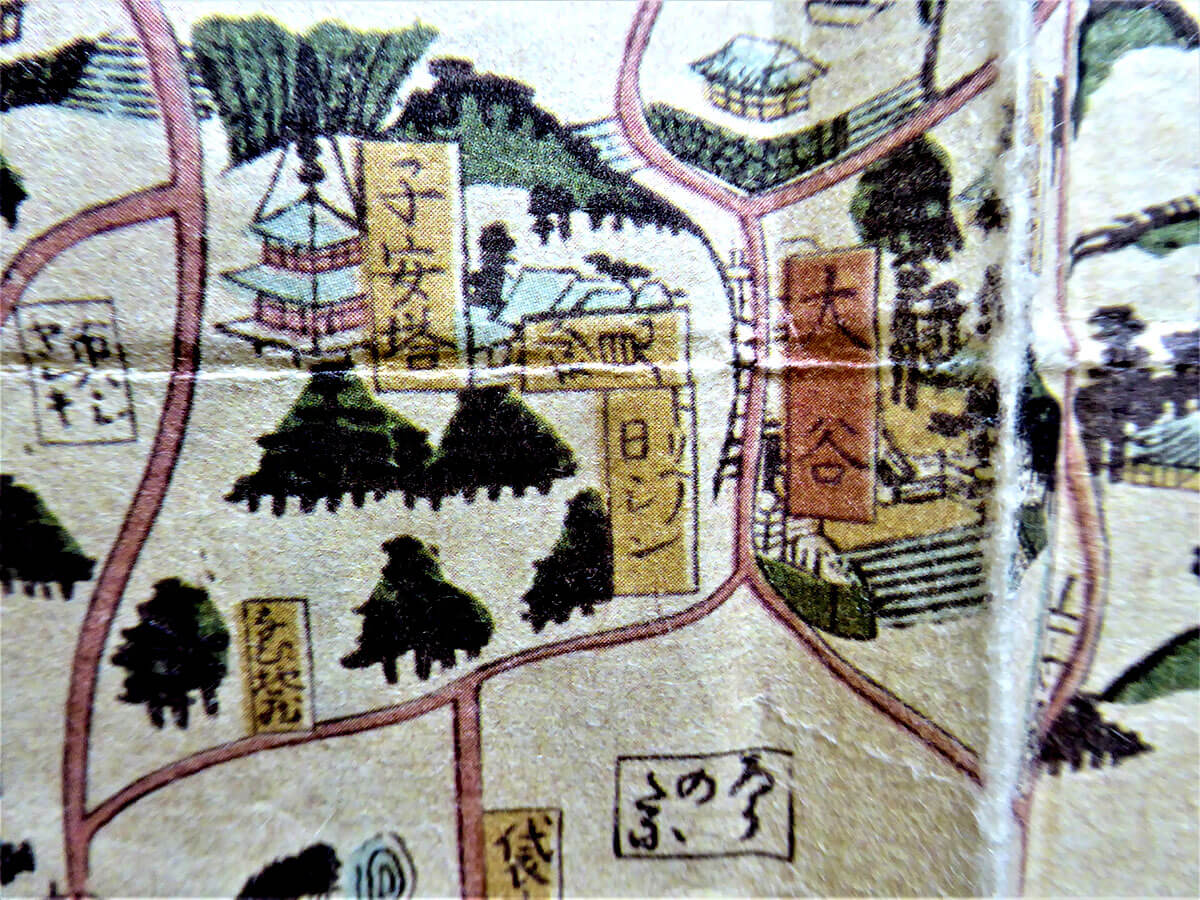
"Bunkyu Revised New Enlarged View of Kyoto Painting Complete Complete"
You can see the characters of Trigeno (author's collection)
Modern Kyoto is all over the city,It is said that many of the place names with the word 'field' were burial grounds.
The mountain behind Rendaino, along with Toribeno, is famous as one of the three major funeral sites in Heiankyo. It is said that the hanging kimono was blown away by the wind and caught on the branches of the trees one after another, so it was called so.
It has now been completely transformed into a city, and there are hardly any traces left of it.
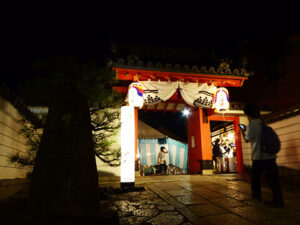
Separate the worlds of the living and the dead
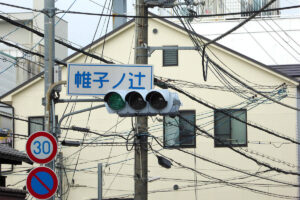
Empress Danrin, who was a matchless beauty, and the entrance to the burial ground
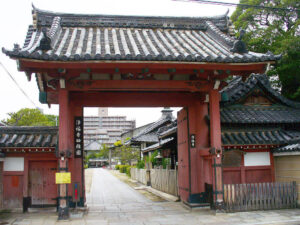
An unprecedented catastrophe in Kyoto at the beginning of spring?!
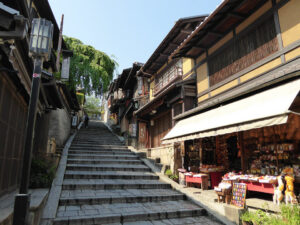
If you fall down this slope, will you suddenly die within three years?
Tradition that exists everywhere in the city of Kyoto. It is not just a picture, it is secretly alive in this modern age and continues to coexist with people. The two of Office TO, who previously wrote a series of articles "Kyoto's Demon World Exploration" in the monthly magazine Leaf, explore the mysterious "different" world of Kyoto, which was created over 1200 years. I will unravel the story while actually visiting the place. .
 News
News Feature article
Feature article Featured event
Featured event